Kadokawa Games will is going to release its mecha strategy JRPG Relayer in a couple of days, and it’s certainly an ambitious game for the Tokyo-based developer.
It combines a solid strategy JRPG and an extensive visual novel-like story in a successful space opera that comes packed with all the anime flavor you can expect from a quintessentially Japanese game (and you can read more about that in our review).
To learn more about the philosophy behind the game and about its development, we talked with CEO Yoshimi Yasuda, who has also worked on Relayer as its director.
Giuseppe: We’re very close to the release of Relayer. Looking back on development, have you achieved all you have set out to do with this game?
Yoshimi Yasuda: Of course, there is a sense of accomplishment when it comes to doing our very best creating this game, however, after developing it, I also sense the feeling that maybe we could have done more, or that our approach had less impact than desired, or that maybe I should have taken a different approach, etc.
This is an emotion that can only be felt only because the game is completed, but like the previous games and titles I have developed, I’m not fully satisfied by completing Relayer either.
Giuseppe: Does relayer include any feature to help those who aren’t used to complex turn-based strategy games get to grips with its systems?
Yoshimi Yasuda: We have implemented convenient operation functions and options for advancing the game.
For example, in order to skip during battle cutscenes or to seamlessly advance in the event parts, we have implemented an ultra-high-speed mode for the text during auto-play.
In this mode, players can skip to the next line after just 3 to 4 seconds pass, which makes this a very convenient option for those who only want to know about the actual contents of the conversation between the characters without listening to the entire voice-over.
We have also created a manual to let players know about these various gameplay functions and options.
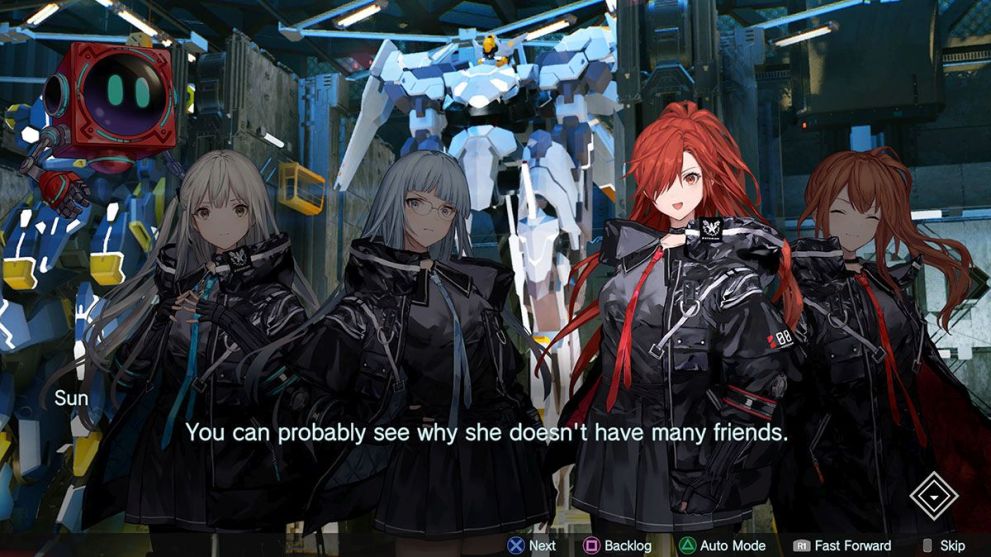
There is a lot of content, so for some, it may feel like a chore to go over all of it, but we would be very happy if players could read it before playing the game.
Giuseppe: A long time has passed since you worked on a game released simultaneously worldwide and including English voice-overs. Has this been challenging to achieve, and is it something you plan to aim for in future games as well?
Yoshimi Yasuda: Thanks to Clouded Leopard Entertainment’s efforts, we are able to simultaneously release Relayer worldwide while including voice-overs in Japanese and English and localizing the text content into 8 languages.
I heard that recording English voices was quite difficult due to the Covid pandemic, and in fact, the same applies to recording the Japanese voices in Japan.
Without the passion and effort from those involved in the development, it would have been difficult for a mid-sized publisher like us to launch Relayer simultaneously worldwide.
As for future games, we would like to continue putting effort into the actual development while carefully considering each title’s characteristics and marketability.
Giuseppe: It appears that turn-based battles and tactical games are having a bit of a renaissance, with the Yakuza series adopting turns, Square Enix with Triangle Strategy, and quite a few more examples. Since you’re about to release your own turn-based tactics game, what are your thoughts on this trend?
Yoshimi Yasuda: I think that the amount of real-time RPGs is overwhelmingly higher than turn-based RPGs and that this prevalence will persist, especially in console games.
But that doesn’t mean that turn-based games will go extinct. I think the important thing is that both genres produce high-quality titles.
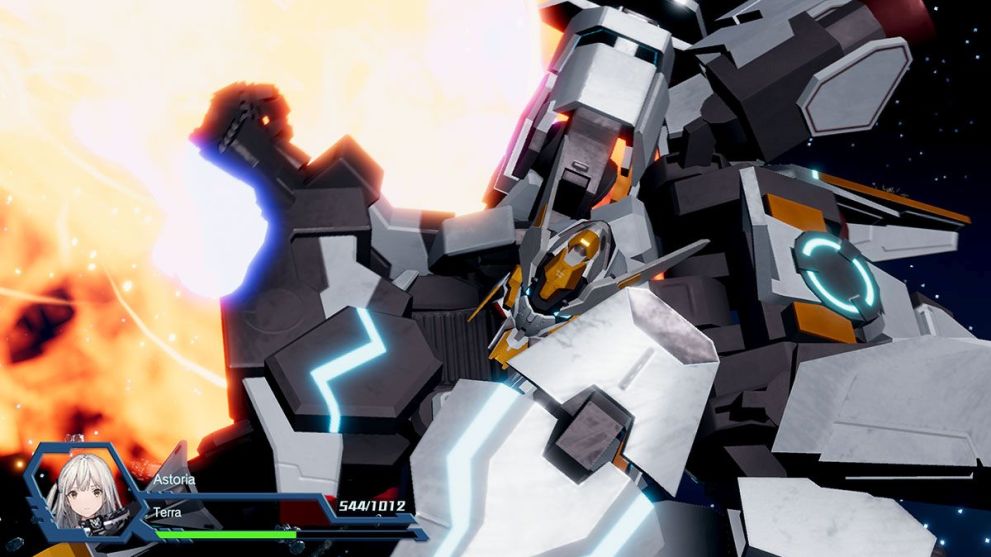
Giuseppe: To me, Relayer feels like a very strong example of many of the most beloved aspects of Japanese media, pop culture, and game development culture. Robots, strong storytelling, turn-based tactics, beautiful girls (and boys), and more make this feel like the quintessential Japanese game. Is this something you specifically aimed for (assuming that my impression is correct), or did it just come together naturally?
Yoshimi Yasuda: As you said, the game is like a “Tametebako”(the treasure box from the story of Taro Urashima) packed with tons of elements from Japanese pop culture.
What I am particularly interested in are candid impressions from gamers worldwide about the storytelling parts with 2D illustrations in the game. Is this storytelling method similar to Japanese animation accepted as uniquely Japanese, or seen as kind of cheesy or outdated?
I would like to hear the reaction from western gamers and especially from console gamers since this will influence the main direction in our game development in the future.
Giuseppe: This is Kadokawa Games’ first “high-end” game. Was it a challenge to grow your production capabilities to achieve it? Are you perhaps setting your sights even higher for the future, or do you think this is the sweet spot?
Yoshimi Yasuda: The technical obstacles involved in developing high-end games are now been overcome because of our experience in creating Relayer.
On the other hand, however, new challenges expression-wise and production-wise have also been highlighted during the process, so I think we still have to work harder.
Giuseppe: The demo has been in the hands of players for a while now, and you encouraged them to send feedback. What were the most relevant points you learned from that?
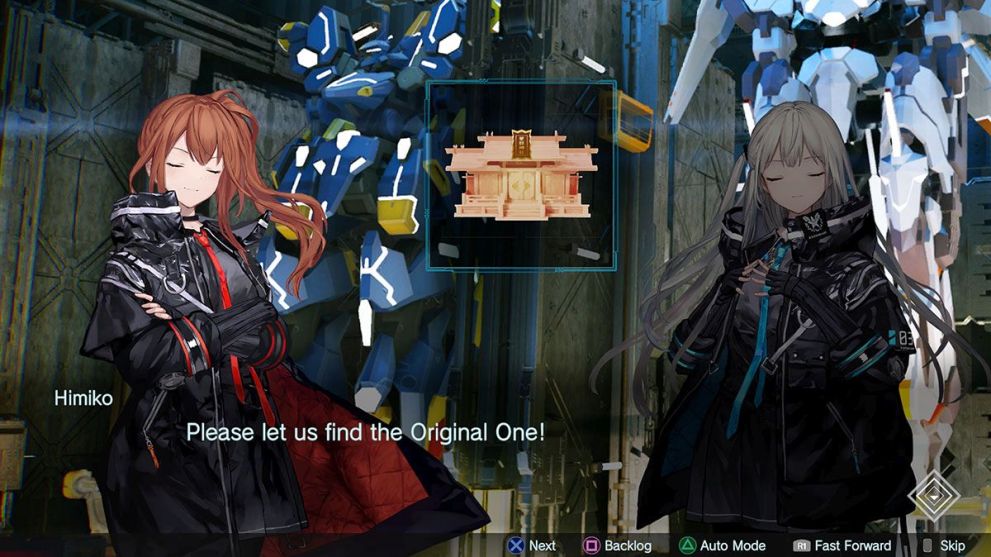
Yoshimi Yasuda: What we should definitely reflect on is that we have overlooked the problems with the movement and clarity on the Star Cube (ie: the skill tree).
The reason for this is that we (the developers) knew easily where we could move, the fact that we could move freely with the cursor, and what types of Star Cubes there are because obviously we were used to playing the game using the free cursor all the time. This kind of hindered us in conducting a thorough check of the exploration and clarity on the Star Cube from a perspective of a novice.
Due to this experience, from now on, we would like to review and update our systems and check them intensively from a player’s perspective even if the playtesters or the debugging company does not report certain issues.
Giuseppe: Could you tell us more about the Robot Remodeling System that will be added in April?
Yoshimi Yasuda: For the evolution of the mecha, we adopted a two-axis system in which the elements of training the game characters and strengthening the robot’s main body are reflected in 14 parameters.
The evolution system of the robot that you’re interested in is a so-called “Yarikomi” element (a replayability element) in which players can raise 7 of those 14 parameters.
Specifically, as shown in the attached images, strengthening “FRAME” increases the maximum HP, strengthening “CONDENSER” increases the maximum SP, strengthening “ARM” increases the attack power, strengthening “BODY” increases defense, strengthening “BOOSTER” increases “AGILITY and by strengthening “GENERATOR”, players can increase the TEC (hit rate) and SCH (mobility) parameters.
If players manage to max all these parameters, they can evolve their mecha into an improved form.
Editor’s note: you can take a look at how the system works in the screenshots below:
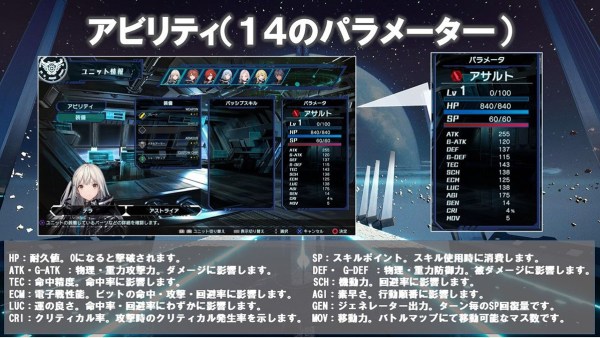
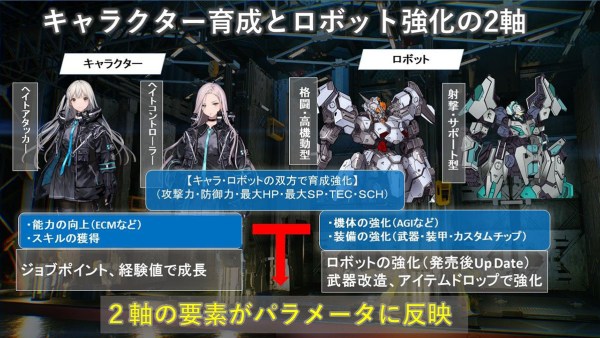
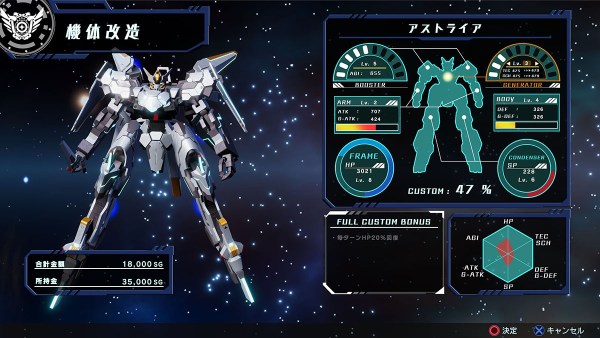
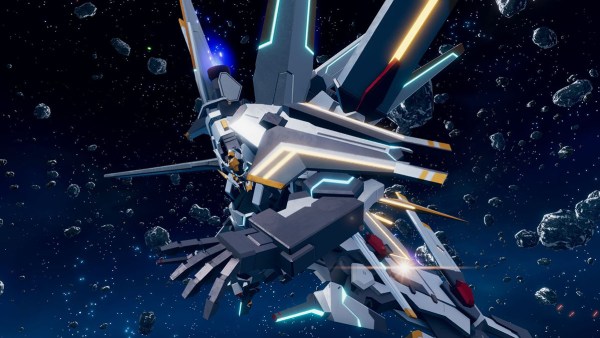
Giuseppe: Do you have any further insight that you’d like to share with the western audience waiting for Relayer?
Yoshimi Yasuda: We didn’t intentionally aim to squeeze in so much Japanese subculture in Relayer from the get-go, but when I look down on the final work, ultimately I realize that we have made a strategy RPG title very much characterized by Japanese pop culture.
Lastly, I’m sure there are some elements in the game that you will like and some that you might have differing opinions about, but the story itself is both serious and mystical. I hope many gamers will play and enjoy it!

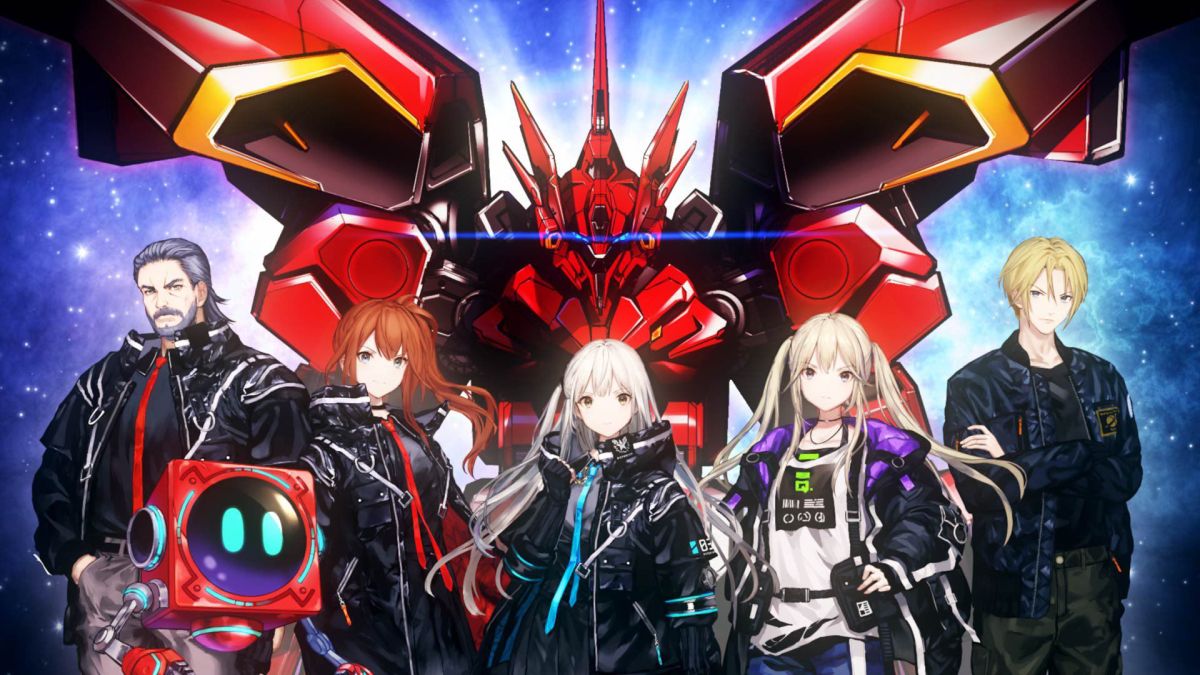











Updated: Mar 22, 2022 02:21 pm